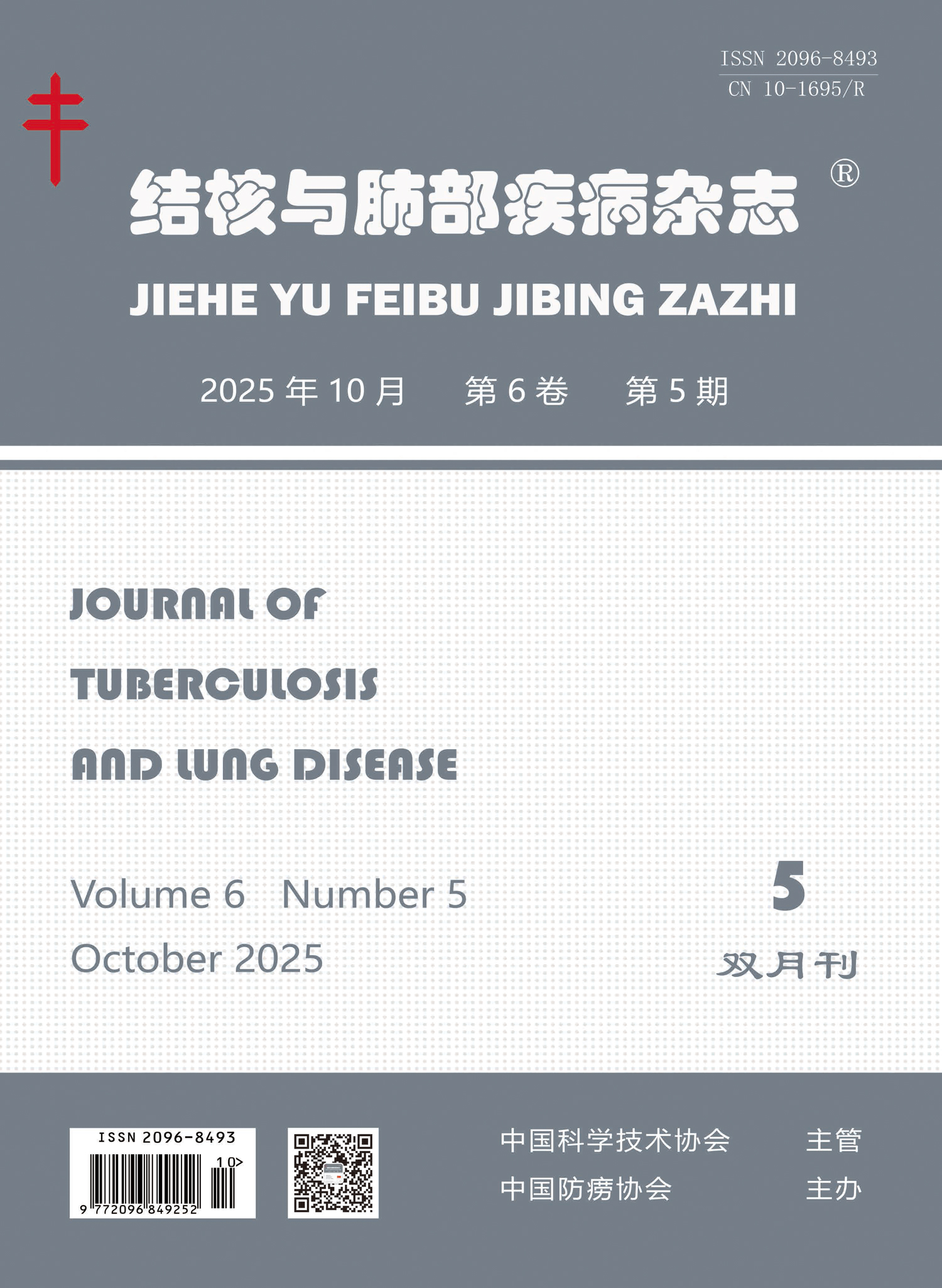Objective: To evaluate the diagnostic performance of pleural fluid adenosine deaminase (ADA), whole blood γ-interferon (IFN-γ), and interleukin-2 (IL-2) in tuberculous pleurisy (TBP). Methods: A retrospective study was conducted, clinical data from 353 patients with pleural effusion admitted to Lanzhou Chest Hospital between 2023 and 2024 were collected. The data included gender, age, ADA levels, serum total protein (TP) and lactate dehydrogenase (LDH) levels, as well as whole blood IFN-γ and IL-2 levels. Based on the final clinical diagnosis, patients were divided into a TBP group (n=193) and a non-TBP group (n=160). The levels of ADA, IFN-γ, and IL-2 levels were compared. The diagnostic efficacy of each indicator individually and in combination were evaluated using the area under the receiver operating characteristic curve (AUC), sensitivity, specificity, and Kappa values. Results: The levels of ADA, IFN-γ, and IL-2 (35.00 (19.00, 46.90) U/L, 13.50 (1.42, 65.26) pg/ml, and 6.32 (0.67, 43.36) pg/ml, respectively) in the TBP group were significantly higher than those in the control group (9.00 (5.00, 20.00) U/L, 2.95 (0.00, 15.06) pg/ml, and 2.38 (0.00, 13.52) pg/ml, respectively)(Z=17.603, P<0.001; Z=14.816, P<0.001; Z=65.693, P<0.001). For individual indicators, the sensitivities of ADA, IFN-γ, and IL-2 were 82.38% (159/193), 55.96% (108/193), and 59.07% (114/193); the specificities were 67.50% (108/160), 71.88% (115/160), and 62.50% (100/160), respectively; the positive predictive values were 75.36% (159/211), 70.59% (108/153), and 65.52% (114/174), the AUC values were 0.800, 0.649, and 0.605, and Kappa values were 0.459, 0.257, and 0.177, respectively. For combined detection, the sensitivities of ADA+IFN-γ, ADA+IL-2, IFN-γ+IL-2, and ADA+IFN-γ+IL-2 were 69.43% (134/193), 75.13% (145/193), 44.04% (85/193), and 68.91% (133/193), respectively, while the specificities were 80.00% (128/160), 75.00% (120/160), 81.25% (130/160), and 82.50% (132/160), respectively. The positive predictive values were 80.72% (134/166), 78.38% (145/185), 73.91% (85/115), and 82.61% (133/161). The corresponding AUC values were 0.807, 0.800, 0.644, and 0.808, and Kappa values were 0.387, 0.452, 0.249, and 0.410, respectively. Conclusion: Pleural fluid ADA alone demonstrates high diagnostic efficiency for TBP. When combined with whole blood IFN-γ and IL-2, it further improves the specificity and positive predictive value without compromising diagnostic performance, thereby increasing detection rates and reducing missed diagnoses. The combined detection strategy can be applied in the clinical diagnosis of TBP to maximize its diagnostic advantages.

 Wechat
Wechat